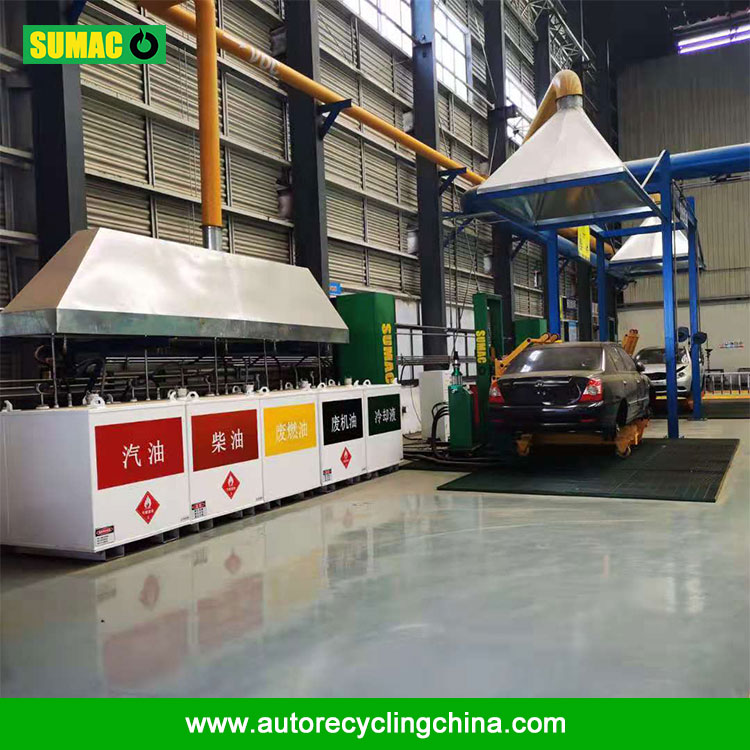When transporting Steel Diesel Fuel Storage Tanks, several important precautions should be taken to ensure the safety of the transportation process and the integrity of the tanks.
Proper Packaging and Securement
- The tank should be properly packaged to prevent damage during transportation. This may involve using protective coverings such as thick - walled plastic or metal casings.
- Secure the tank firmly in the transport vehicle to prevent it from moving or shifting. Straps, chains, or other fastening devices should be used to hold the tank in place. Make sure the fastenings are evenly distributed and tightened to the appropriate tension to avoid any stress points on the tank.
Loading and Unloading Procedures
- Use appropriate lifting equipment, such as cranes or forklifts, to load and unload the tank. Ensure that the equipment has the necessary capacity and is in good working condition.
- The loading and unloading areas should be flat, stable, and free of obstacles. Workers should be trained in proper lifting techniques to avoid dropping or mishandling the tank.
Transport Vehicle Selection
- Choose a transport vehicle that is suitable for the size and weight of the Steel Diesel Fuel Storage Tank. The vehicle should have a strong chassis and suspension system to handle the load.
- For long - distance transports, consider using specialized trailers with additional safety features, such as shock - absorbing systems and anti - rollover protection.
Safety Regulations and Documentation
- Comply with all relevant local, national, and international transportation safety regulations. This includes obtaining the necessary permits and licenses for transporting hazardous materials, even if the tank is empty.
- Keep detailed documentation of the transport, including the origin and destination of the tank, the transport route, and any inspections or maintenance performed on the tank and the transport vehicle.
Environmental Considerations
- Take measures to prevent any potential fuel leakage during transportation. Check for any existing leaks before loading the tank and ensure that all valves and fittings are properly sealed.
-
In the event of a spill, have a spill - response plan in place and carry the necessary spill - containment and cleanup materials. This helps to minimize the environmental impact in case of an accident.

